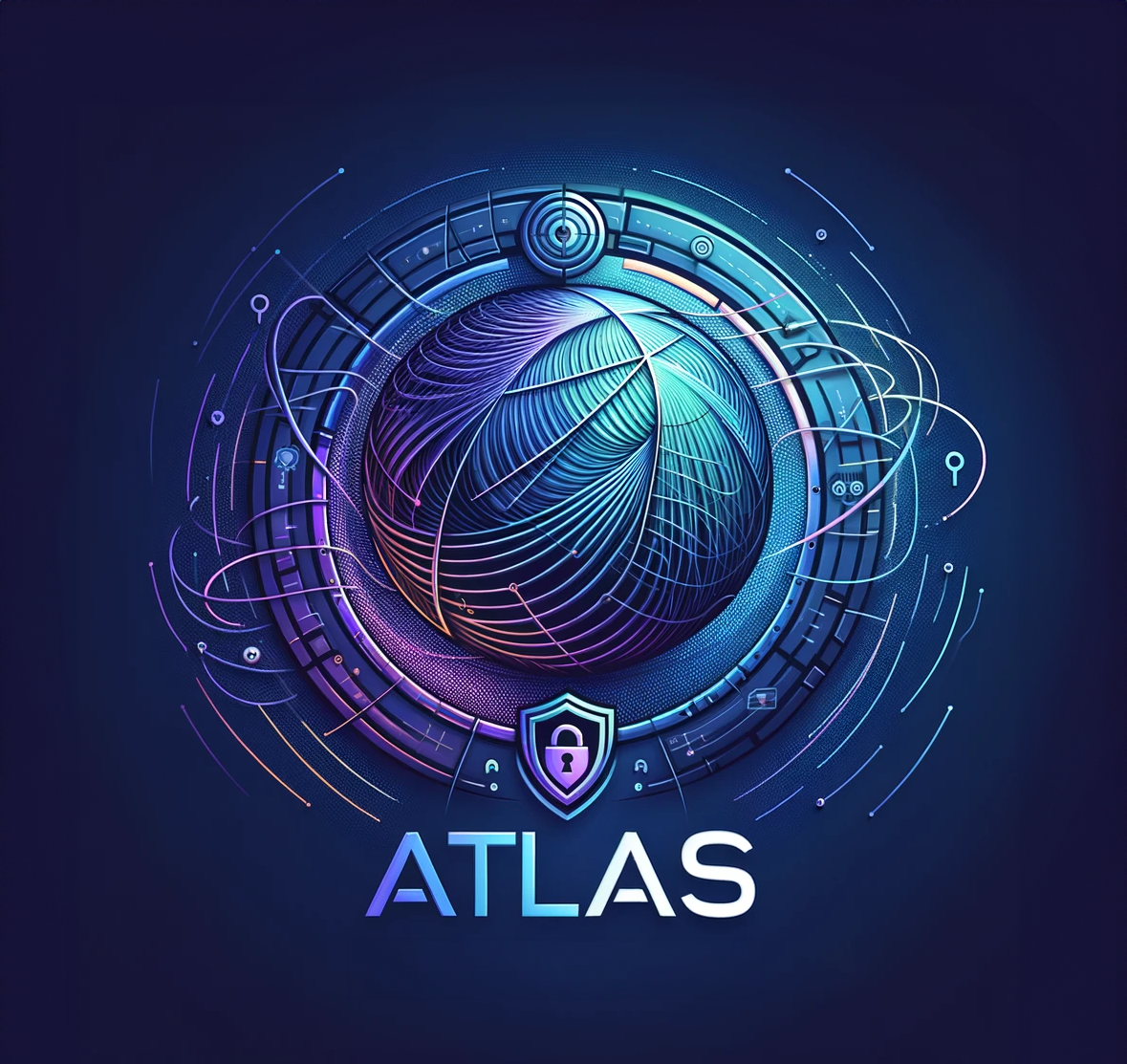
The National Institute of Standards and Technology (NIST) has released a significant update to its Cybersecurity Framework (CSF), version 2.0. This update reflects the evolving landscape of cybersecurity threats and provides organizations with a comprehensive, flexible, and effective approach to managing and mitigating cyber risks. In this article, we will break down the four critical steps outlined in the new framework and explain how Nova’s Bricks can help organizations align with and benefit from these guidelines.

Step 1: Prioritize and Scope
The first step in the NIST CSF 2.0 is to prioritize and scope the organization’s business objectives and cybersecurity requirements. This involves understanding the assets, systems, and data that are most critical to the organization and assessing the current cybersecurity posture.
How Bricks Supports This Step:
- Team Collaboration: Before deploying Bricks, Nova’s team collaborates with your security team to identify the most critical and sensitive areas of your organization that require protection. This ensures that the deployment of Bricks is tailored to address the specific needs of your business.
- Comprehensive Assessment: This collaborative assessment helps in prioritizing the protection of data at rest, ensuring that the most vital assets are safeguarded against potential threats.
Step 2: Orient
Orienting involves understanding the organization’s cybersecurity environment, including internal and external influences that impact cybersecurity risk.
How Bricks Supports This Step:
- AI-Driven Insights: Bricks incorporates AI-driven adaptive protection, continuously learning and adapting to your digital environment. This ensures that the system stays ahead of evolving threats by leveraging big data analytics to anticipate and neutralize cyber threats before they can cause harm.
- Integrated Threat Intelligence: Bricks includes advanced threat intelligence integration, providing a comprehensive view of external threats. This enables your organization to stay informed about emerging threats and adjust security measures accordingly.
Step 3: Create or Update a Current Profile
This step involves developing or updating the organization’s current cybersecurity profile based on the outcomes of the previous steps. This profile serves as a benchmark for future improvements.
How Bricks Supports This Step:
- Dynamic Security Management: Bricks features a master-agent framework that ensures seamless security management across the organization. This architecture supports the creation and continuous updating of a robust security profile that evolves with your organization’s needs.
- Quantum-Resistant Encryption: With Atlas built into Bricks, your data benefits from dynamic, quantum-resistant encryption that adapts in real-time to counteract emerging threats.
- Advanced Response Capabilities: Beyond encryption, Bricks can react to potential threats by locking files with a 2FA code and even safely deleting files (“nuking”) in extreme scenarios, ensuring that sensitive data remains secure even under dire circumstances.
Step 4: Conduct a Risk Assessment
Conducting a risk assessment involves analyzing the organization’s cybersecurity risks and their potential impacts on business operations.
How Bricks Supports This Step:
- Real-Time Risk Assessment: Bricks provides detailed risk assessments through its AI-driven threat detection capabilities. Continuous monitoring and analysis of network activity allow Bricks to identify potential vulnerabilities and assess their impact on your organization.
- Immediate Threat Response: Bricks doesn’t just simulate scenarios; it actively detects and responds to threats in real-time. By learning and adapting continuously, Bricks can react swiftly to neutralize threats, maintaining robust protection for your organization’s assets.
Conclusion
The NIST Cybersecurity Framework 2.0 offers a robust approach to managing cybersecurity risks in a dynamic threat landscape. Nova’s Bricks is designed to align seamlessly with this framework, providing organizations with the tools they need to prioritize, orient, assess, and mitigate cybersecurity risks efficiently. By integrating Bricks into your cybersecurity strategy, you can enhance your resilience against cyber threats and ensure compliance with the latest industry standards.








